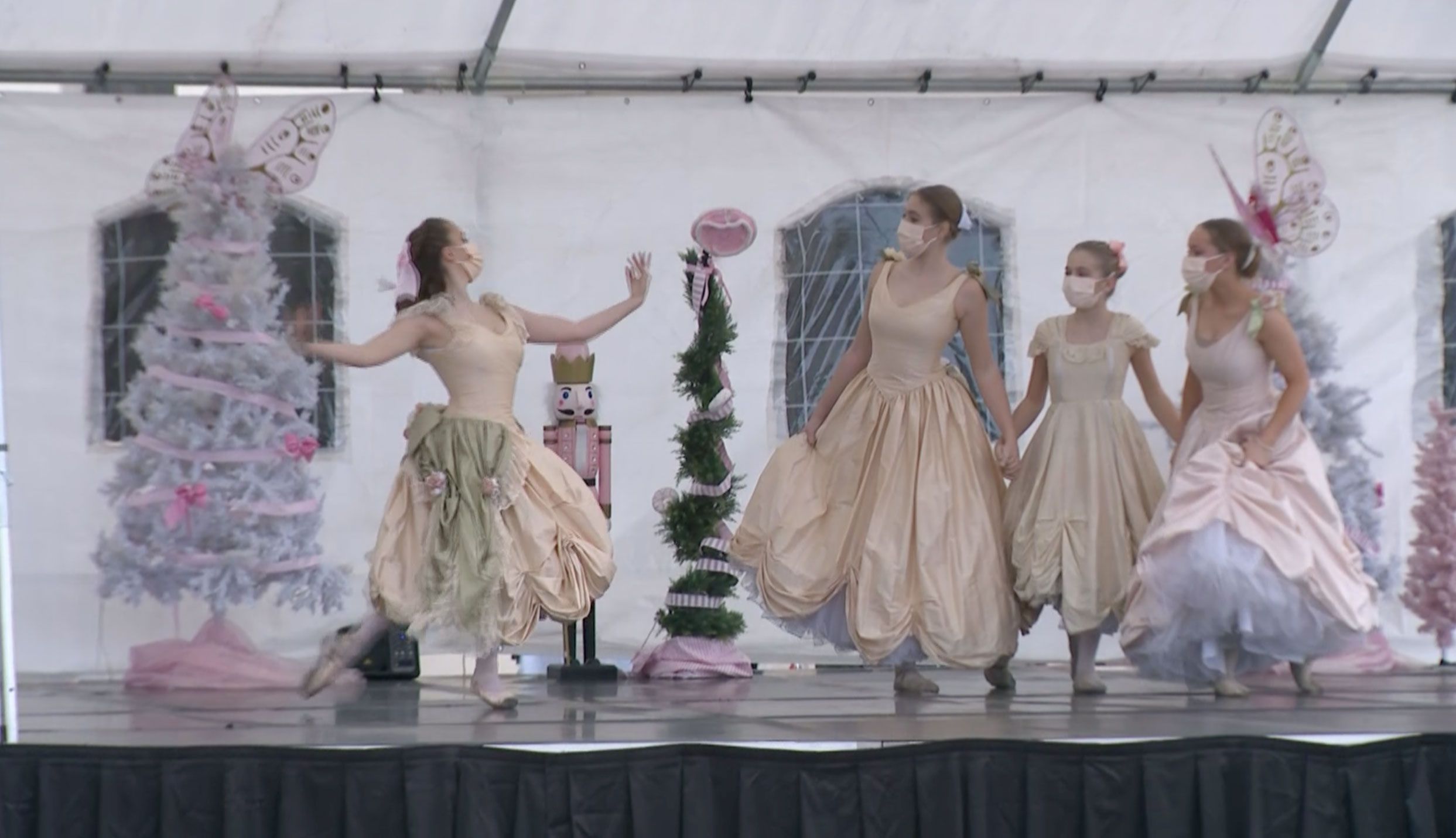
“This is precisely the time when artists go to work. There is no time for despair, no place for self-pity, no need for silence, no room for fear. We speak, we write, we do language. That is how civilizations heal.” — Toni Morrison (1931-2019), Nobel Prize Recipient in Literature
I can only imagine what Toni Morrison would have to say today about the work of artists as we face a succession of crises from racial injustice to economic inequities to drug addiction to housing and food insecurity to mental health to climate change—and to a pandemic that continues to surge. There has never been a more important and relevant time for the arts and for artists to go to work to heal and provide empathy, hope and joy for a nation divided and sick. And although we have looked to our artists for solace and meaning in our long ten months of isolation and tragedy, we have failed to support, recognise and truly value them—especially financially—for their contributions as our nation’s second responders. Now is the time to proclaim, arts are essential.
Nationally, 63% of artists are unemployed and 59% of arts and culture non-profits are closed. In California, the arts, culture and entertainment industry suffers from one of the highest unemployment rates with one-third of our sector out of work, according to a study by the Brookings Institution, which means more than 450,000 jobs and an estimated $45 billion in accumulative economic loss to the state. This is backed up by a report from the California Department of Labor that found the arts, entertainment and recreation field accounted for 40.3% of job losses from March to August 2020, the largest percentage, well beyond even the next hardest hit sector, leisure and hospitality, at 27%.
Part of the problem is that even if we wanted to get back to work, the state of California has effectively sidelined our industry with mandated closures to protect public safety from the spread of the Coronavirus. “The first to close and the last to reopen” has become the mantra but many in the industry are fighting back. For months, our organisation has worked with a 50-person statewide task force and directly with the Governor’s office to put guidelines into place for safely reopening arts space and events, but as of today, we remain without them. They cannot come soon enough for an industry facing such devastating losses.
To be clear, there is not a person in the arts who wants to open until it is safe to do so, but we cannot even prepare to do this without state guidelines. If restaurants, bars and bowling alleys have guidelines for resuming business, why cannot we be given the same opportunity to safely reopen performing arts centers and theaters? In fact, many venues have state of the art ventilation systems, public safety protocols and onsite security that could enforce mask wearing and social distancing during an event in a far safer fashion than going to your neighbourhood bar. Perhaps it is time to prioritise arts over alcohol?
In terms of performers, we already have guidelines for TV, movies and music production without live audiences, including the approval from entertainment unions to ensure workers are protected on sets and on stage. In fact, in California, entertainment industry workers are on the list of essential workers and thus an exception to even the strictest stay-at-home orders. We are thrilled to see television and film identified as essential, but we cannot help but question, why do other forms of art not get the same recognition?
Arts, culture and entertainment have an important role to play in rebuilding California’s economy. The creative industries in California are an economic engine, representing $650.3 billion in financial output per year, and 15.4% of the state’s jobs. We are an essential industry to California.
We are ready to go to work and to be part of the solution to the public health crisis offering an outlet for safe events and the social, emotional and mental health benefits of the arts. Before we can get to live events, there is a need we can immediately meet too. Hire artists and trusted community arts organisations to communicate culturally specific messaging for the new public health behaviours we must adopt to get through the pandemic.
There are many roles for the arts to play during and after the health crisis. Let us make sure we are supporting the people and the industries we need the most today and for a healthier future tomorrow.
• Julie Baker is the executive director of Californians for the Arts
Source link : https://www.theartnewspaper.com/comment/california-restart-the-arts












